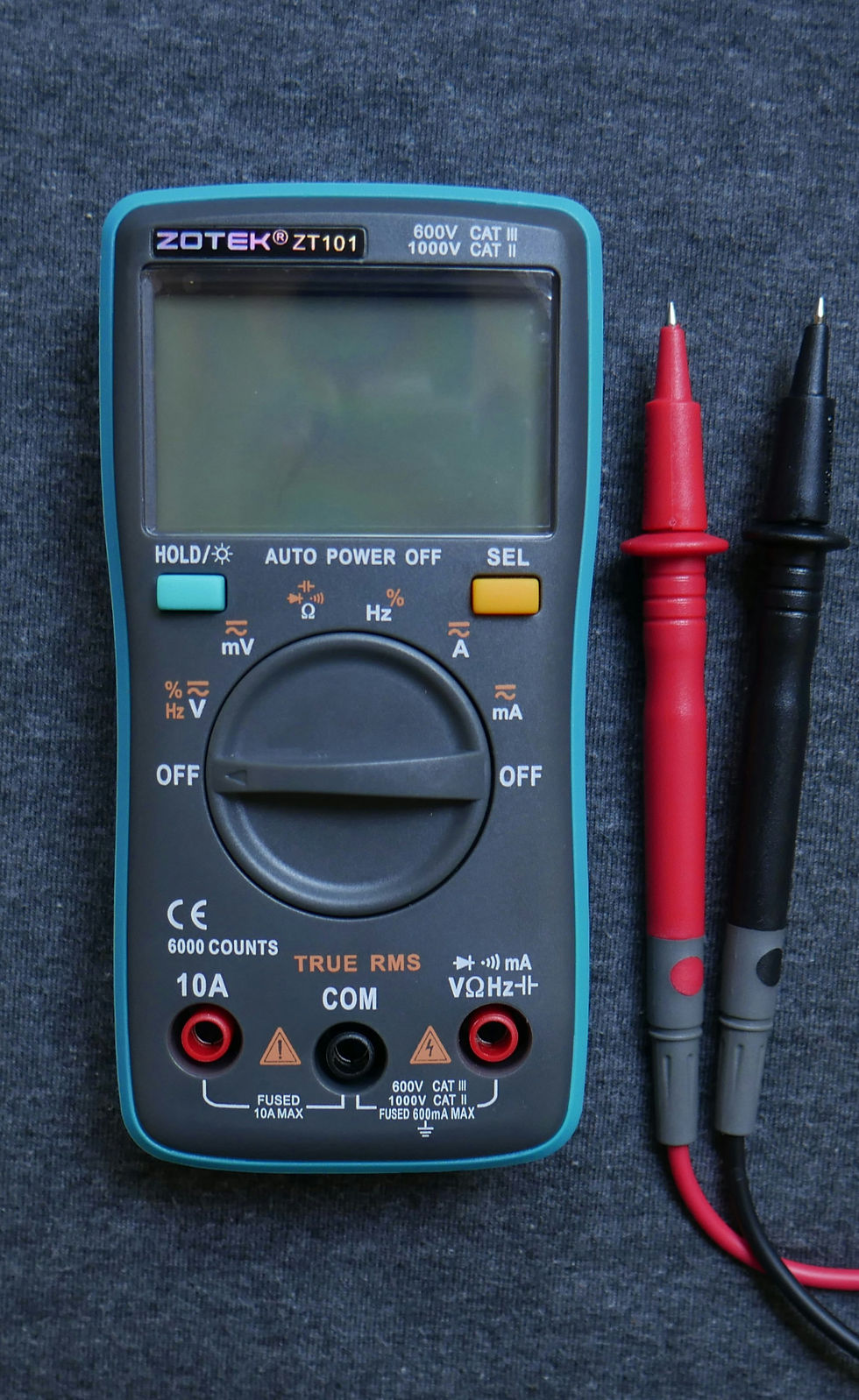Understanding the Basics: Voltage vs. Amperage Explained
- tarynday9
- May 9, 2024
- 2 min read
Updated: Jul 21, 2024

In the realm of electrical systems, two fundamental terms often find themselves at the forefront of discussions: voltage and amperage. These concepts lie at the heart of understanding how electricity works, and their distinction is crucial for anyone dealing with electrical systems, whether as a professional electrician or a curious homeowner. Let's delve into the world of voltage and amperage to grasp their significance and how they differ.
Voltage: The Driving Force
Imagine voltage as the driving force behind electricity, comparable to the pressure in a water pipe. It represents the potential energy difference between two points in an electrical circuit. Often measured in volts (V), voltage determines the intensity of the electric field that pushes charged particles, such as electrons, through a conductor. In simpler terms, voltage is what motivates electrons to move along a wire, facilitating the flow of electricity.
Think of a battery as an excellent example of voltage in action. The voltage of a battery, typically indicated on its label, represents the potential energy difference between its positive and negative terminals. When you connect a device to the battery, this potential energy is transformed into electrical energy, powering the device.
Amperage: The Flow of Current
While voltage represents the force driving electricity, amperage (or current) embodies the actual flow of electricity within a circuit. It measures the rate of electron flow past a given point and is often denoted in amperes (A). In essence, amperage quantifies the volume of electric charge passing through a conductor per unit of time.
Returning to our water analogy, if voltage is the pressure in a pipe, amperage is the rate of water flow. Just as a narrow pipe restricts the flow of water, a high resistance in a circuit can limit the flow of electrons, resulting in lower amperage.
Understanding the Relationship
Voltage and amperage are intricately linked through Ohm's law, which states that the current (I) flowing through a conductor is directly proportional to the voltage (V) applied across it and inversely proportional to the resistance (R) of the conductor (I = V/R). This relationship highlights how changes in voltage or resistance affect the flow of current in a circuit.
In practical terms, altering either voltage or resistance can impact the amperage within a circuit. For instance, doubling the voltage across a constant resistance will double the current, while doubling the resistance with a constant voltage will halve the current.
Conclusion
In summary, voltage and amperage are fundamental concepts in understanding electricity. Voltage serves as the driving force, akin to pressure, while amperage represents the actual flow of current, comparable to the rate of water flow. Both are crucial for comprehending how electrical systems operate and interact.
For electricians and homeowners alike, grasping the distinction between voltage and amperage is essential for safely working with electrical systems, diagnosing issues, and ensuring proper functionality. By understanding these core principles, one can navigate the intricacies of electricity with confidence and precision.
For more information visit us at Glenforest Electric | Master Electrician | Peterborough, ON, Canada




Comments